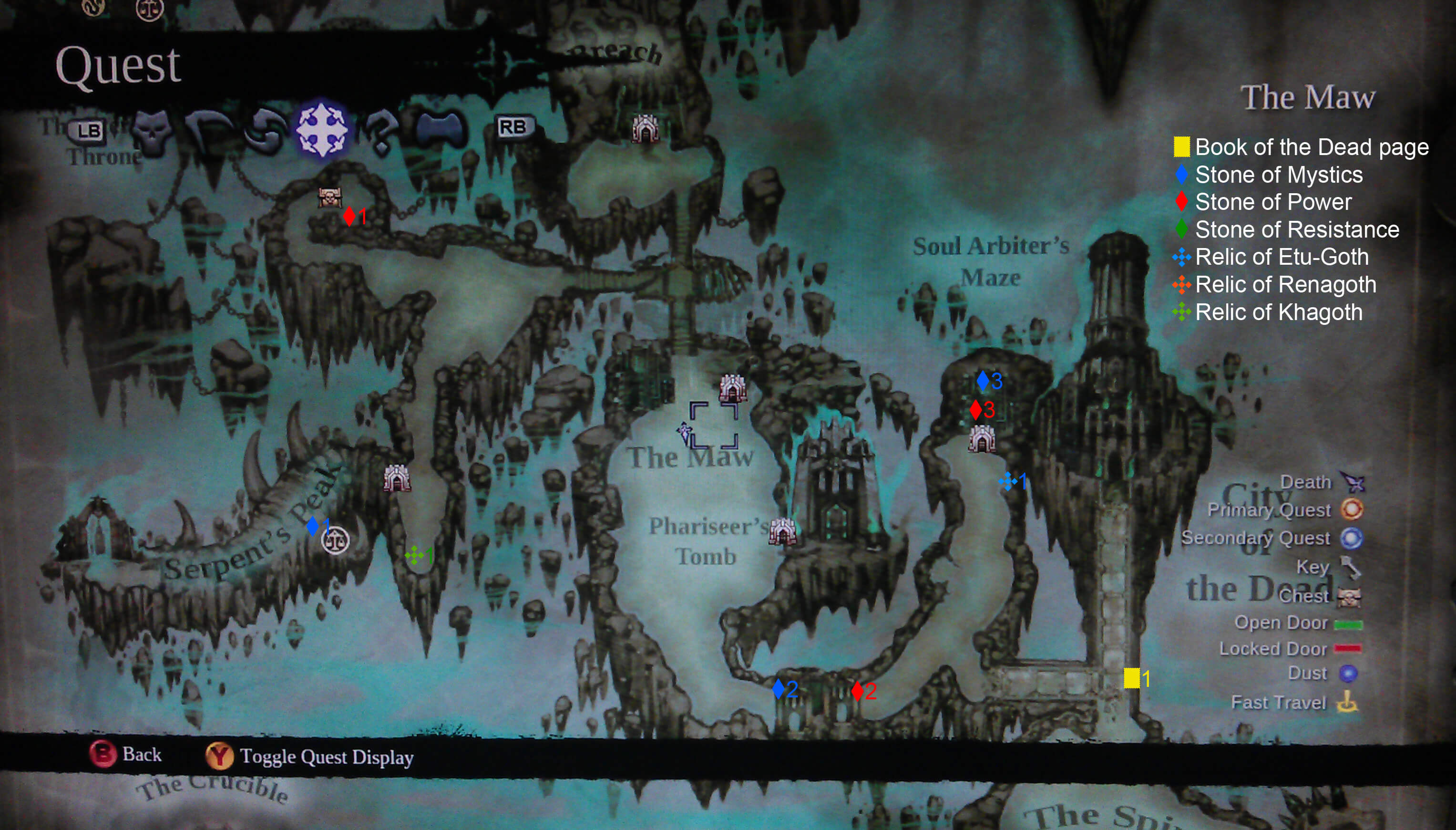
The Coffin Texts used a newer version of the language, new spells, and included illustrations for the first time. In the Middle Kingdom, a new funerary text emerged, the Coffin Texts. Towards the end of the Old Kingdom, the Pyramid Texts ceased to be an exclusively royal privilege, and were adopted by regional governors and other high-ranking officials. The purpose of the Pyramid Texts was to help the dead king take his place amongst the gods, in particular to reunite him with his divine father Ra at this period the afterlife was seen as being in the sky, rather than the underworld described in the Book of the Dead. The Pyramid Texts were written in an unusual hieroglyphic style many of the hieroglyphs representing humans or animals were left incomplete or drawn mutilated, most likely to prevent them causing any harm to the dead pharaoh. These texts were written on the walls of the burial chambers within pyramids, and were exclusively for the use of the pharaoh (and, from the 6th Dynasty, the queen). The first funerary texts were the Pyramid Texts, first used in the Pyramid of King Unas of the 5th Dynasty, around 2400 BCE. The Book of the Dead developed from a tradition of funerary manuscripts dating back to the Egyptian Old Kingdom. Part of the Pyramid Texts, a precursor of the Book of the Dead, inscribed on the tomb of Teti Wallis Budge in 1888 and was taken to the British Museum, where it currently resides. The finest extant example of the Egyptian Book of the Dead in antiquity is the Papyrus of Ani. The Book of the Dead was most commonly written in hieroglyphic or hieratic script on a papyrus scroll, and often illustrated with vignettes depicting the deceased and their journey into the afterlife. Some people seem to have commissioned their own copies of the Book of the Dead, perhaps choosing the spells they thought most vital in their own progression to the afterlife. The surviving papyri contain a varying selection of religious and magical texts and vary considerably in their illustration. There was no single or canonical Book of the Dead. A number of the spells which make up the Book continued to be separately inscribed on tomb walls and sarcophagi, as the spells from which they originated always had been. Other spells were composed later in Egyptian history, dating to the Third Intermediate Period (11th to 7th centuries BCE). Some of the spells included in the book were drawn from these older works and date to the 3rd millennium BCE. The Book of the Dead, which was placed in the coffin or burial chamber of the deceased, was part of a tradition of funerary texts which includes the earlier Pyramid Texts and Coffin Texts, which were painted onto objects, not written on papyrus. Karl Richard Lepsius introduced for these texts the German name Todtenbuch (modern spelling Totenbuch), translated to English as Book of the Dead. "Book" is the closest term to describe the loose collection of texts consisting of a number of magic spells intended to assist a dead person's journey through the Duat, or underworld, and into the afterlife and written by many priests over a period of about 1,000 years.

The original Egyptian name for the text, transliterated rw nw prt m hrw, is translated as Book of Coming Forth by Day or Book of Emerging Forth into the Light. The Book of the Dead ( Egyptian: 𓂋𓏤𓈒 𓏌𓏤 𓉐𓂋 𓏏𓂻 𓅓 𓉔𓂋 𓅱 𓇳𓏤 ru nu peret em heru) is an ancient Egyptian funerary text generally written on papyrus and used from the beginning of the New Kingdom (around 1550 BCE) to around 50 BCE. Vignettes such as these were a common illustration in Egyptian books of the dead. If not, he is eaten by the waiting chimeric devouring creature Ammit composed of the deadly crocodile, lion, and hippopotamus. If his heart equals exactly the weight of the feather, Hunefer is allowed to pass into the afterlife.

The ibis-headed Thoth, scribe of the gods, records the result. 1275 BCE), shows the scribe Hunefer's heart being weighed on the scale of Maat against the feather of truth, by the jackal-headed Anubis.

This detail scene, from the Papyrus of Hunefer (c.


 0 kommentar(er)
0 kommentar(er)
